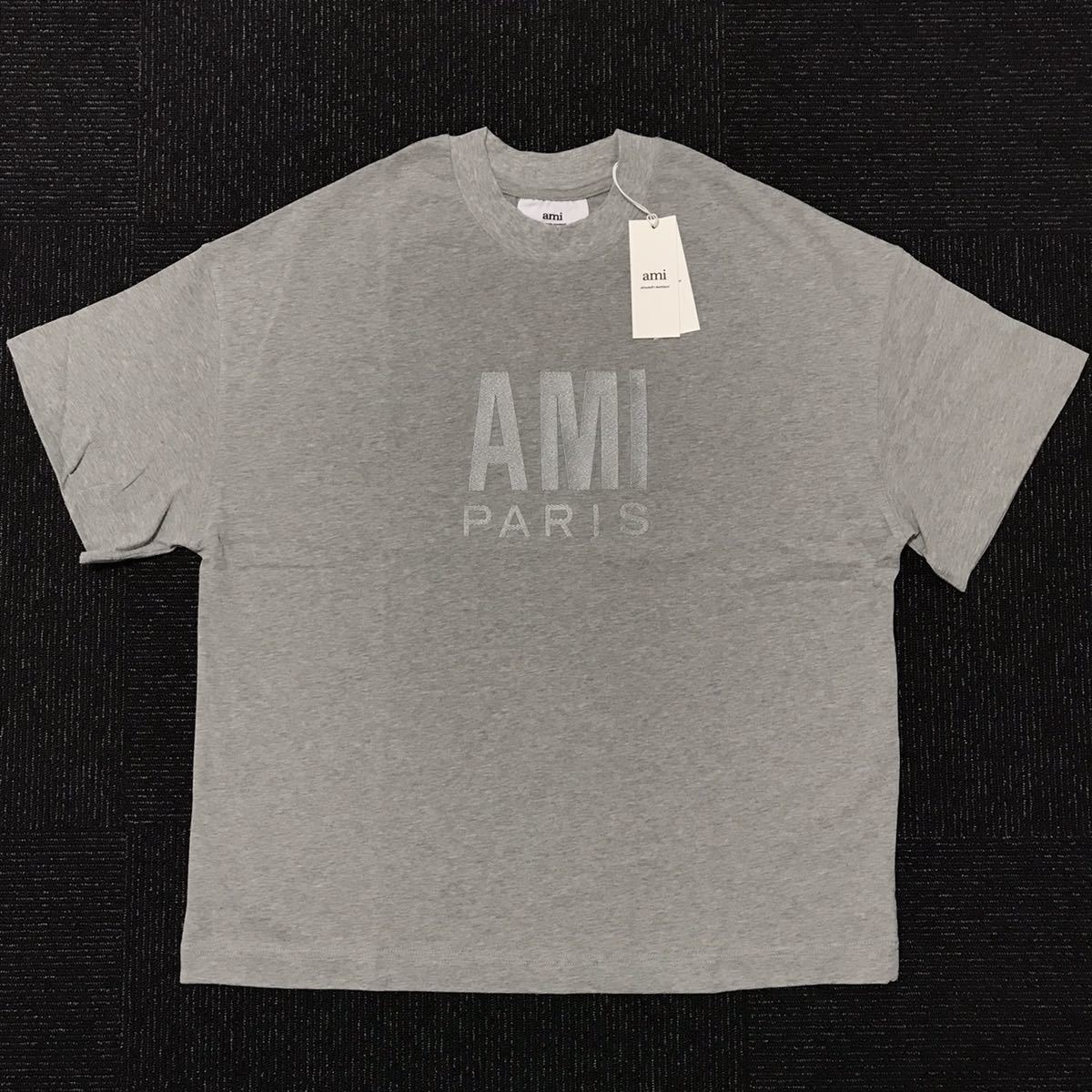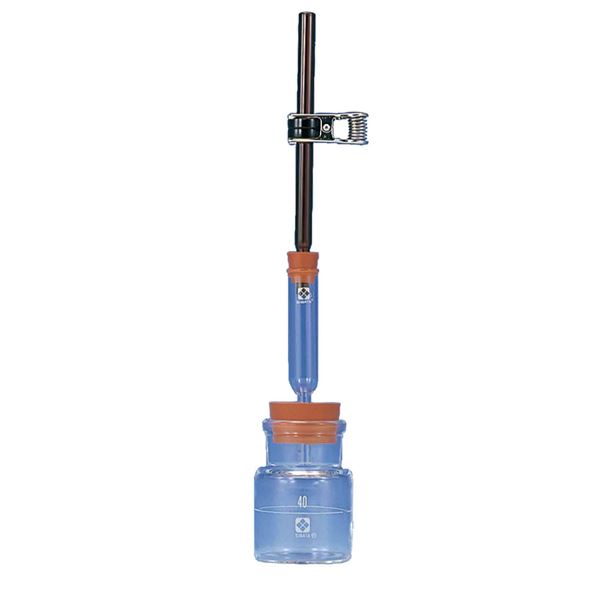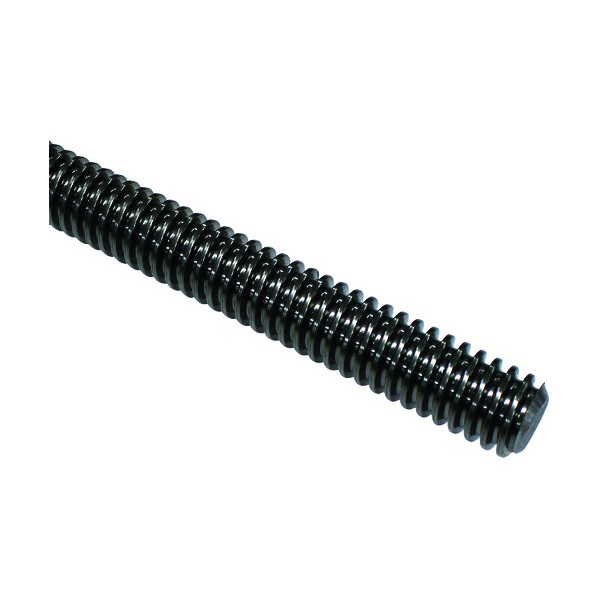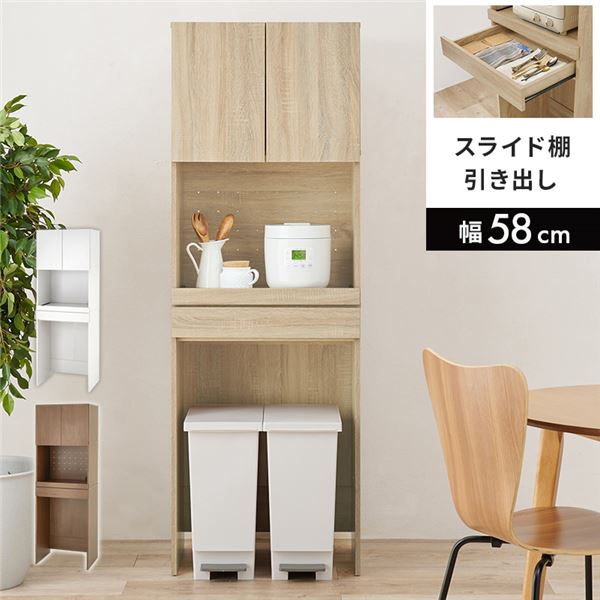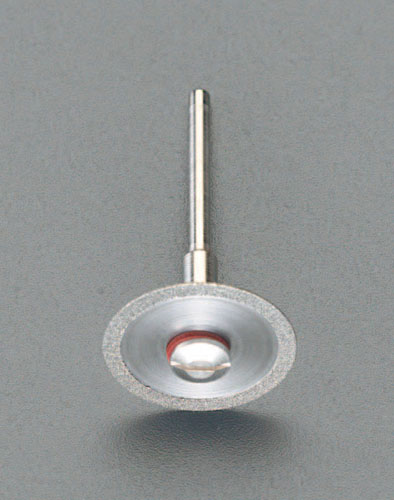【送料無料】 マジェスティック レディース Tシャツ トップス T-shirt White
(税込) 送料込み
商品の説明
■トップスサイズ
サイズ | バスト(cm) | ウェスト(cm)
XS(2)| 約83-84cm | 約63cm
S(4-6)| 約87-89cm | 約66cm
M(8-10)| 約91-93cm | 約71cm
L(12-14)| 約96-99cm | 約76cm
XL(16-18)| 約101-104cm | 約81cm
■ブランド
MAJESTIC FILATURES (マジェスティック)
■商品名
T-shirt
■商品は海外よりお取り寄せの商品となりますので、お届けまで10日-14日前後お時間頂いております。
■ブランド・商品・デザインによって大きな差異がある場合があります。
■あくまで平均的なサイズ表ですので「目安」として参考にしてください。
■お届けの商品は1枚目のお写真となります。色展開がある場合、2枚目以降は参考画像となる場合がございます。
■只今、一部を除くすべて商品につきまして、期間限定で送料無料となります。
※沖縄・離島・一部地域は追加送料(3 )が掛かります。
13488円【送料無料】 マジェスティック レディース Tシャツ トップス T-shirt WhiteレディースファッショントップスアソートメッセージTシャツ[品番:CTYW0003622]|MAJESTIC LEGONセール】 クロップドロゴTee (Tシャツ)|MAJESTIC LEGON
アレンジスリーブカラーロゴTee
税込?送料無料】-マジェスティ•ック レディース Tシャツ トップス T
楽天市場】 MAJESTIC FILATURES マジェスティックフィラチュール
ラインストーンロゴTシャツ/MAJESTIC LEGON(マジェスティックレゴン
一流の品質-マルニ レディー•ス Tシャツ トップス• T-shirt Pink
Majestic マジェスティック 2枚組 へヴィーウェイト クルーネック T
(マジェスティック) Majestic Single Jersey 2パック ポケット クルーネック Tシャツ カットソー ショートスリーブ 無地 2枚組 メンズ レディース
アソートメッセージTシャツ[品番:CTYW0003622]|MAJESTIC LEGON
夏コーデの相棒・Tシャツはお得に買うのが正解! - &mall
楽天市場】送料無料 Majestic マジェスティック 2P メッシュ クルー
ラインストーンロゴTシャツ/MAJESTIC LEGON(マジェスティックレゴン
マジェスティック Tシャツ レディース Red, White 通販 LINEポイント
マジェスティック) Majestic Single Jersey 2パック ポケット クルー
保証-アダワス ADAWAS •レディース COCOON SLEEVE T- SHIRT コク
セール】【GILDAN】 strasbourgプリントTシャツ(504756043) | リベリー
BRANDELI】タックスリーブトップス|MAJESTIC LEGON(マジェスティック
アソートメッセージTシャツ[品番:CTYW0003622]|MAJESTIC LEGON
消費税無し 0.14 OVERSIZED 最も優遇 夕海 JIEDA long T L/S LOGO T
憧れの サイズM トップス グレー色系 半袖Tシャツ amiparis 未使用品
超希少 MLB ニューヨーク ヤンキース Tシャツ 両面プリント ホワイト
セール】 アドティエ(ad thie) |オーバーサイズチュニックTシャツ
オーバーサイズ ロンT 長袖 チームシャツ NY LA Raiders お揃い
セール】 アレンジスリーブカラーロゴTee (Tシャツ)|MAJESTIC LEGON
アンフェインド unfeigned メンズ クルーネックTシャツ basic t-shirt
アリエル〉Tシャツ | マジェスティックレゴン(MAJESTIC LEGON
Tシャツ 半袖 メンズ マジェスティック Majestic|APWORLD
versaceのTシャツ 交換無料 51.0%OFF www.coopetarrazu.com
マジェスティック Tシャツ レディース Red, White 通販 LINEポイント
TAKA ORIGINAL/タカオリジナル】tie-dye logo T-shirt/ タイダイ ロゴT
Alinoma】【L-5L】【5つの機能付】裾リボンデザインゆるTシャツ
ふるさと割】-マジェスティック レディース Tシャツ トップス Women's
新品】Tシャツ レディース トップス 半袖 韓国 春夏 へそ出し 白の通販
宅配 ギィ・ペラート Tシャツ ホワイト白 コミックストリップヒーロー
楽天市場】送料無料 Majestic マジェスティック 2P メッシュ クルー
BRANDELI】パイルボーダークルーネックTシャツ|nano・universe
Tシャツ 半袖 メンズ マジェスティック Majestic|APWORLD
ザ ノースフェイス THE NORTH FACE Tシャツ 長袖 メンズ ( the north
半袖 コットン Tシャツ AWAKE NY ニューヨーク・ヤンキース サブウェイ
ラインストーンロゴTシャツ/MAJESTIC LEGON(マジェスティックレゴン
商品の情報
メルカリ安心への取り組み
お金は事務局に支払われ、評価後に振り込まれます
出品者
スピード発送
この出品者は平均24時間以内に発送しています




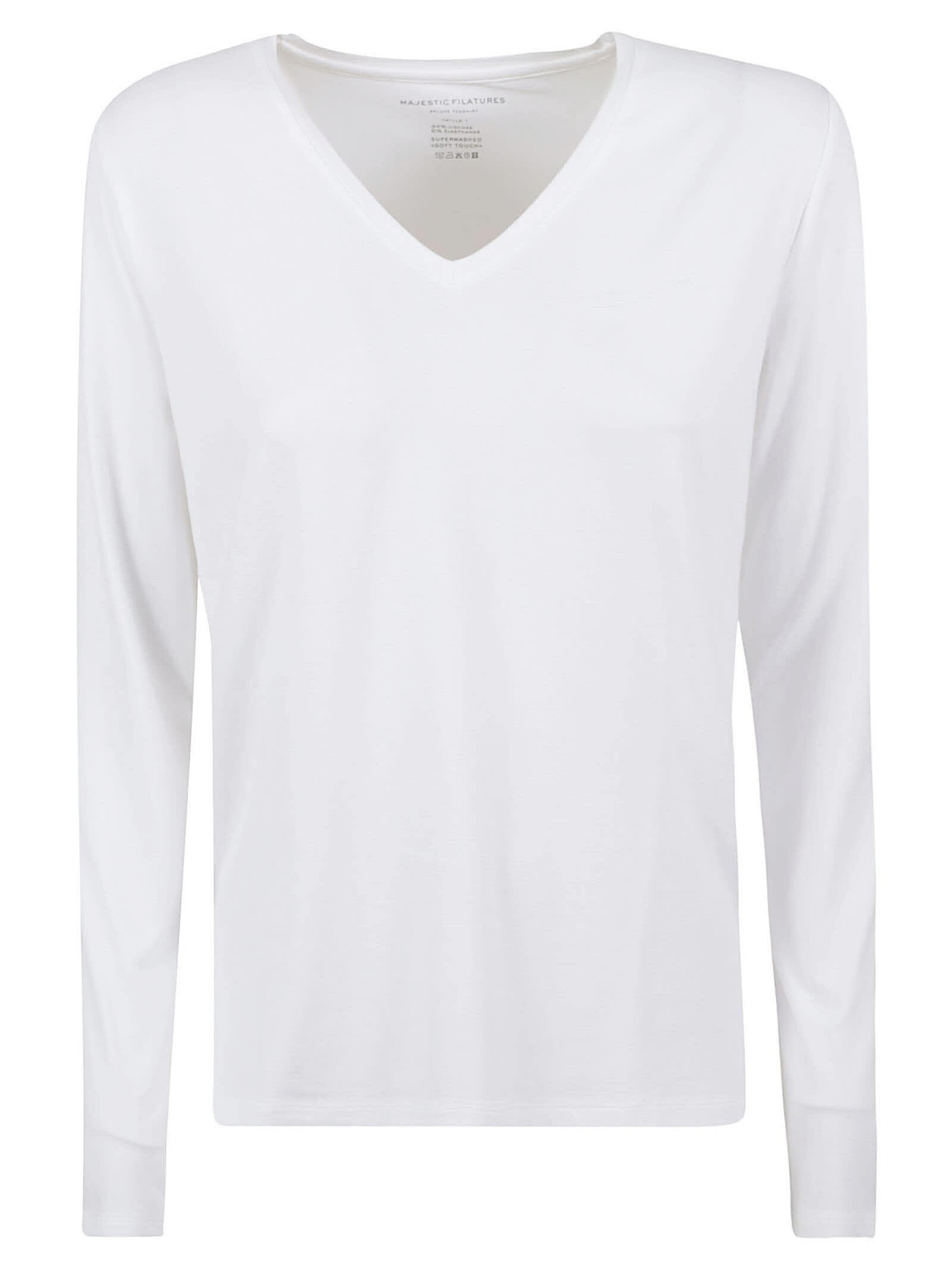



![アソートメッセージTシャツ[品番:CTYW0003622]|MAJESTIC LEGON](https://cdn.img.shop-list.com/res/up/shoplist/shp/majesticlegon/1037012509/1.jpg)






![アソートメッセージTシャツ[品番:CTYW0003622]|MAJESTIC LEGON](https://cdn.shop-list.com/res/up/shoplist/shp/__thum370__/majesticlegon/1037012509/6.jpg)

